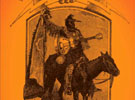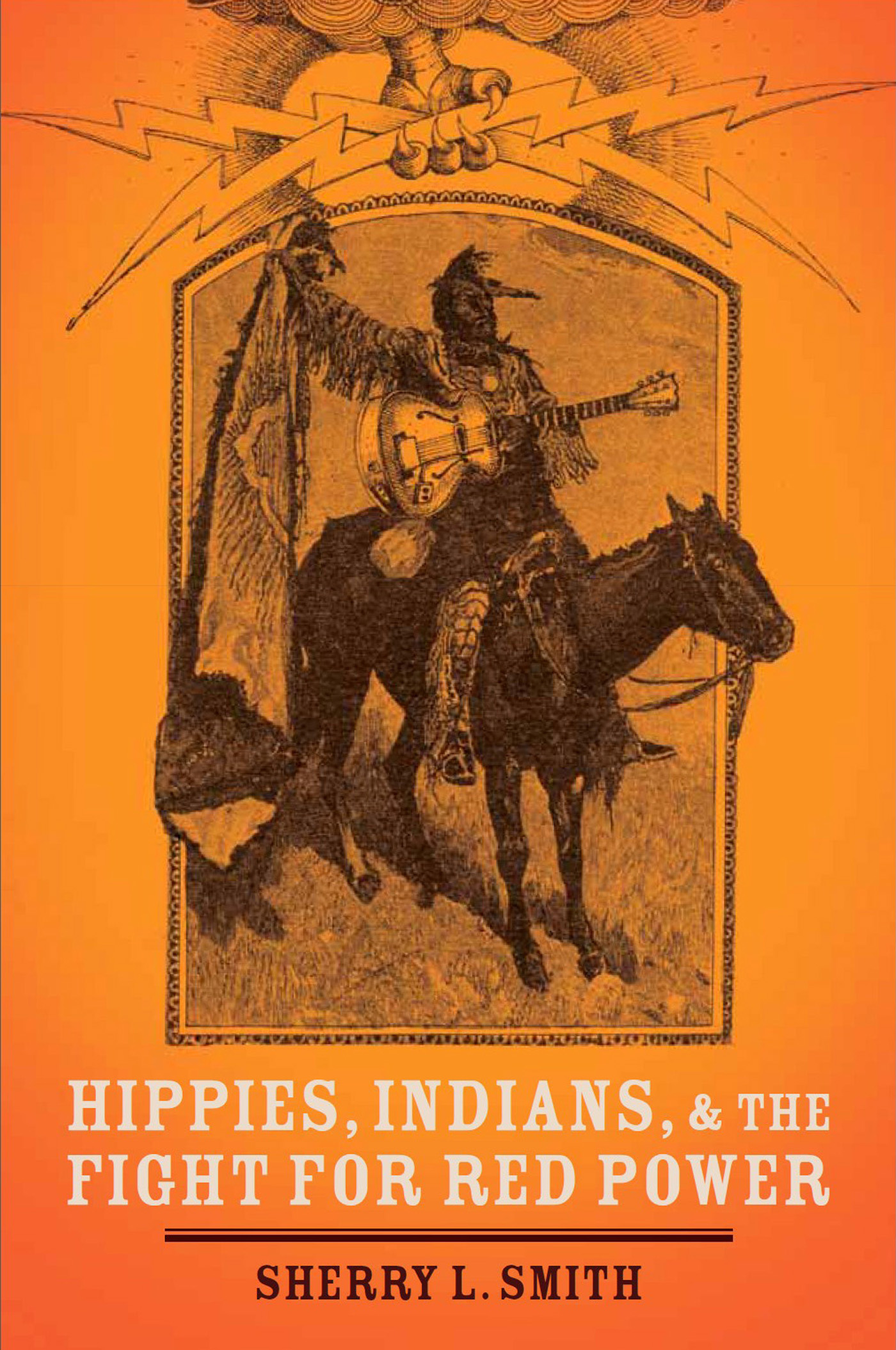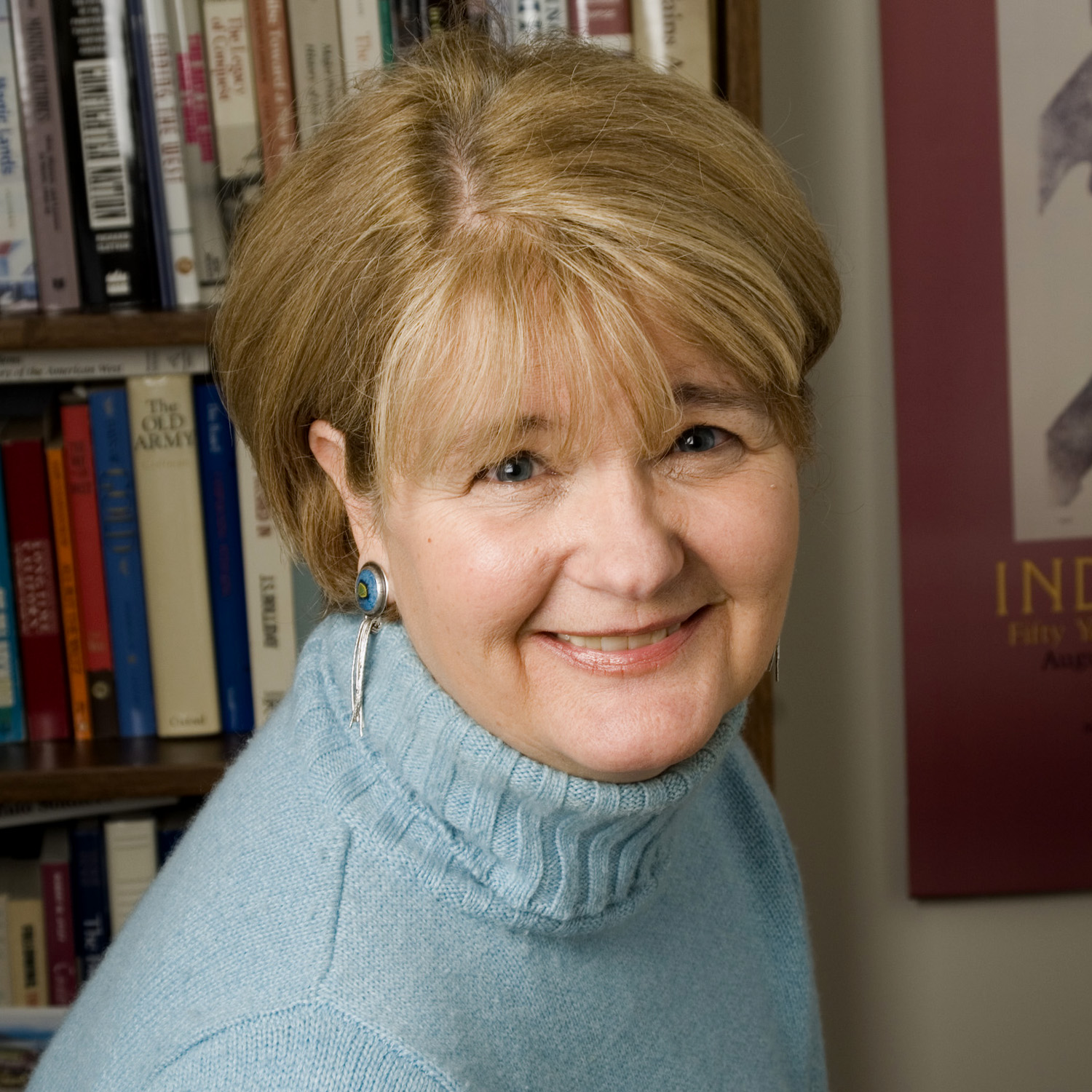Fortieth anniversary of Red Power: A new look at unlikely alliance
New book examines hodgepodge of supporters who fought for Native American rights in the 1960s.

DALLAS (SMU) – When several hundred Native Americans took over the Bureau of Indian Affairs in Washington, D. C., on November 3, 1972, it was with the backing of a hodgepodge of supporters ranging from hippies to Methodists to Hollywood celebrities.

“I felt this story had not been told,” says Smith, who devoted 10 years to writing the book. “The primary figures in the Red Power movement – the most important movers and shakers – were Native Americans. But the support they received from non-Indians was a critical, even essential, component in their ultimate successes.”
Hippies looked to Native Americans as symbols of alternative ways of life that were opposite of established society’s values and beliefs, but the hippie-Indian interaction was more textured and complicated than that, Smith says.
“Hippies were among the first non-Indians of the postwar generation to seek out contact with Native Americans, learn about their grievances, and join their call for reform,” she says. “They did so in large and significant numbers, which in turn caught the attention of the rest of the nation.”
To tell the story, Smith interviewed non-Indians involved in the alliance such as Stewart Brand, creator of the Whole Earth Catalog; actor and counterculture activist Peter Coyote, as well as Native Americans such as Joe Sando of the Albuquerque Pueblo Cultural Center. She also relied on sources ranging from the Richard Nixon Presidential Papers to the American Friends Service Committee.
Smith links the interest in Indian affairs in the 1960s and 1970s to cultural events, such as the 1962 publication of Ken Kesey’s One Flew Over the Cuckoo’s Nest, which featured one of the first prominent fictional contemporary Indian characters, Chief Broom. In addition, Dee Brown’s 1970 bestseller, Bury My Heart at Wounded Knee, opened readers’ eyes to the root of Native American demands with the first history of the American West told from the Indians’ point of view.
As the 40th anniversary of events such as the Trail of Broken Treaties (Nov. 3-9, 1972) and the occupation of Wounded Knee (Feb. 27-May 8, 1973) approaches, Smith’s book examines a period when Americans supported social justice movements that did not serve their personal interests.
“I was very impressed with those individuals and groups, including the church-based organizations, that rose to the occasion and helped push for substantive reform in Indian policy in the 1970s,” Smith says. “This was not about them, but about others. They had nothing to gain personally, other than a sense that the nation was finally living up to its promises.”
Can it happen again?
“We have become increasingly fragmented in this country,” Smith says. “I think our nation has been in a reactive state for 40 years now, turning away from the turmoil and challenges of the Sixties. But I am heartened by the resurgence of activism. It is certainly possible and even probable that social and economic justice movements will be revitalized. “
About Sherry Smith

Smith was a high school and college student in the Midwest during the 1960s and ‘70s where, from afar, she was sympathetic to Indian demands for justice and fascinated by the hippie movement. She considered contributing to the Native American movement by becoming a lawyer specializing in Indian law, but decided instead to make a difference by becoming a historian and educator.
“The ‘60s and ‘70s were an amazing time in this nation’s history – the turmoil could be distressing, particularly when it turned violent, but the challenges to the status quo and the demands for justice from many quarters was exciting. There was strong feeling – even in the American Midwest –that change for the good, that social justice, was possible,” she says.
# # #